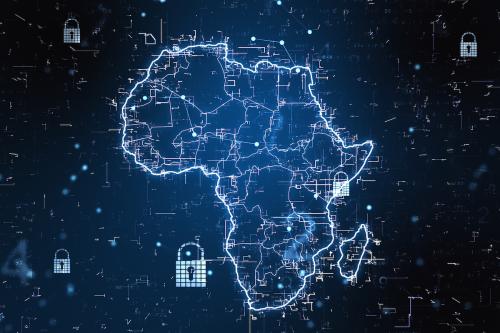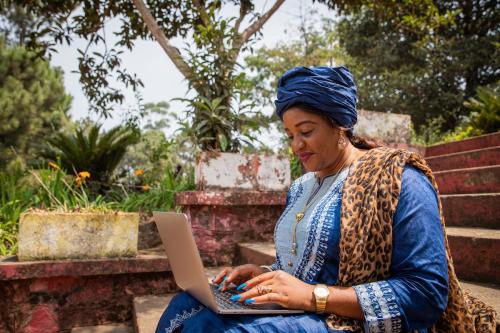In his first major speech this week as World Bank president, Jim Yong Kim, stressed a goal of brokering solutions to support a world free of poverty. The World Bank’s success on this front hinges on more than technical debates over organizational strategy and design. Ultimately it depends on tackling the institution’s cultural ambivalence toward global policy goals, and an underlying mindset propagated by professional economists.
The Millennium Development Goals expire in 2015, midway through Dr. Kim’s initial term. Since their establishment as targets in 2000, the MDGs have been the world’s central reference point for fighting extreme poverty. They have helped spur a range of breakthroughs over the past decade, most prominently in global health, where Dr. Kim has long been at the forefront of innovation.
After the United Nations’ recent Rio+20 event, debates are wide open on setting goals for post-2015. Issues of extreme poverty, the environment, social equity and governance are all under consideration. As the world’s leading repository of technical development expertise, the bank’s economist-dominated staff will significantly inform deliberations.
Economists have important skills – I like to think, being one myself – but at the core we are trained in marginal analysis: to optimize based on existing constraints. For development goals, the question often needs to be flipped. Instead of asking “how far can we go with the resources at hand,” a goal-based approach asks: “what resources are needed to achieve the goal at hand?” Indeed health practitioners more instinctively think about goals as first principles, such as “what is needed to save this patient’s life?”
This epistemic divide helps explain why so few economists were prominent in the past decade’s global health breakthroughs, Jeffrey Sachs being the most notable exception. In 2001, most economists were still operating within budget constraints that global health leaders rejected as first premise. World Bank staff were left to optimize amidst financial and political constraints defined by their donor shareholders. The trend extended to other sectors, and a weird dynamic took hold by which many deemed the bank as the foot-dragging technocratic heavyweight in the global MDG effort. Even IMF macroeconomists would privately lament their sibling institution’s slow MDG movements.
To be sure, many World Bank leaders have provided strong leadership for the MDGs, dating back to the presidency of James Wolfensohn. Nicholas Stern and Francois Bourguignon were both profoundly committed as successive chief economists at the bank. But the MDGs never fully permeated the World Bank’s operations. Staff were not against the goals, yet the institutional culture did not compel MDG implementation as a mandate, nor did the board demand bureaucratic adjustments for the goals to be taken seriously at the country level. Last year, I even heard a bank economist say publicly that the MDGs were too ambitious for African communities to aspire to, something I had previously only heard staff say privately.
The World Bank’s MDG ambivalence mirrors a reticence in the broader economics community. While The Lancet, the eminent health journal, has published more than 1,000 articles referencing the MDGs over the last decade, the gold standard American Economic Review tallied only seven, the Quarterly Journal of Economics had four and the Journal of Political Economy had one. The specialty Journal of Development Economics did not even mention the MDGs until a 2007 article, and only in 12 other articles since. A search through roughly 3,700 World Bank policy research papers since September 2000 finds that only 89 mention the MDGs, slightly more than 2 percent.
Fortunately, Dr. Kim knows how to reframe institutional ambitions in the face of strong personalities, as he did with the “3 by 5” initiative to get 3 million people on AIDS treatment by 2005. To cement a goal-based World Bank for post-2015, two practical initiatives can help make inroads. First, there should be an independent evaluation of the bank’s contributions to the MDGs, with public review by July 2013. It should assess where the staff, board, and procedures have both helped and hindered. Second, staff should be tasked to recommend ambitious proposals for new global development goals, with emphasis on how the World Bank can help ensure success. For example, what might it actually look like to “get to zero” on extreme poverty by 2030? How could sustainability metrics be interwoven?
Cultural change is never easy in large public institutions. But as Dr. Kim said in his speech, “Progress is possible for everyone. Nothing is pre-determined.” With transparent self-assessment and a deliberate focus on global goals, the World Bank can translate its vast talent into leadership for many years to come.



Commentary
Op-edJim Kim’s Deepest World Bank Challenge
July 20, 2012